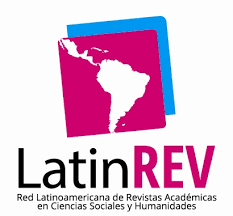Business Strategy And Social Purpose: The Case Of Alma Natura
Keywords:
B Corporation, Strategy, Purpose, Entrepreneurship, Rural DevelopmentAbstract
This paper presents the case of a small company located in a remote mountain town of less than a thousand inhabitants that suffers from the problems of depopulation, ageing and impoverishment of the Spanish rural environment. In this unfavorable context, “Alma Natura Social” is the result of the efforts of two young entrepreneurs, with a very strong attachment to their community, to help in the reactivation of rural areas by creating better conditions that can help to keep their population and even favor their repopulation. With this vision, the company is conceived from its origin, in 2004, as a tool at the service of this social purpose. In 2013 it was certified as a B Corporation, the first in Spain to join this global movement that tries to channel the influence capacity of private companies towards improving the economic, social and environmental problems of humanity. From a methodological point of view, for the study of this case both secondary and primary sources have been used, particularly semi-structured interviews with both entrepreneurs, as well as direct observation. On this documentary basis, the analysis carried out, qualitative mainly, allows verifying how the company's business model has evolved over time, seeking its maximum alignment with the social purpose that determines its mission, while giving sense to the life of its promoters. As a conclusion, the growth of the company has become, in recent years, a strategic dilemma, still unresolved.
Downloads
Published
How to Cite
Issue
Section
License
The Editorial Committee of the Journal reserves the right to introduce formal modifications necessary to adapt the text to the publication standards, for this reason, the digital version of the article presented must be modifiable.
Once published, the printing and reproduction rights belong to the Publisher. It is optional for the Editor to allow the reproduction of the article. In this way, it works with the Creative Commons 4.0 license, which deals with non-commercial recognition, share alike.






